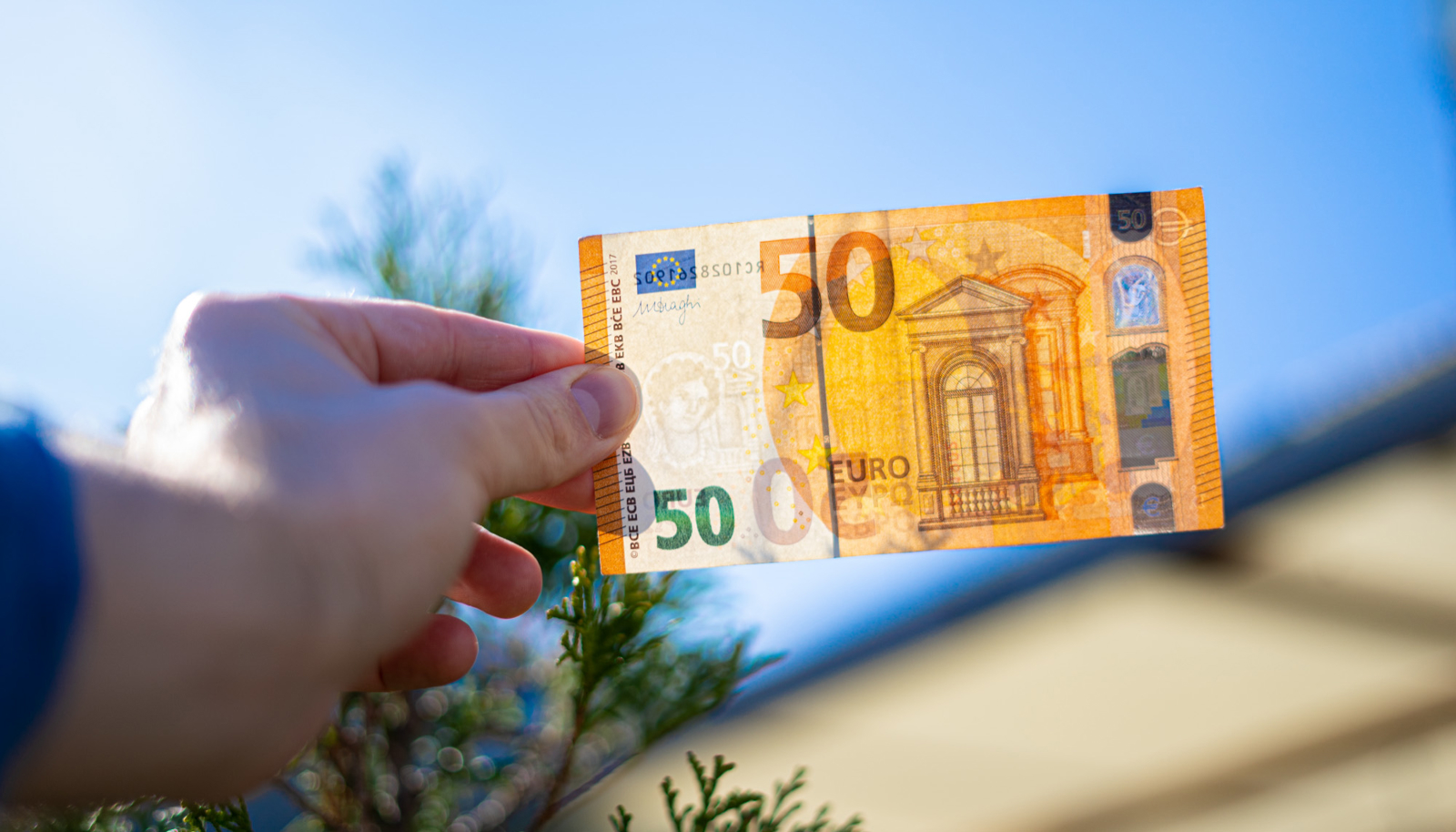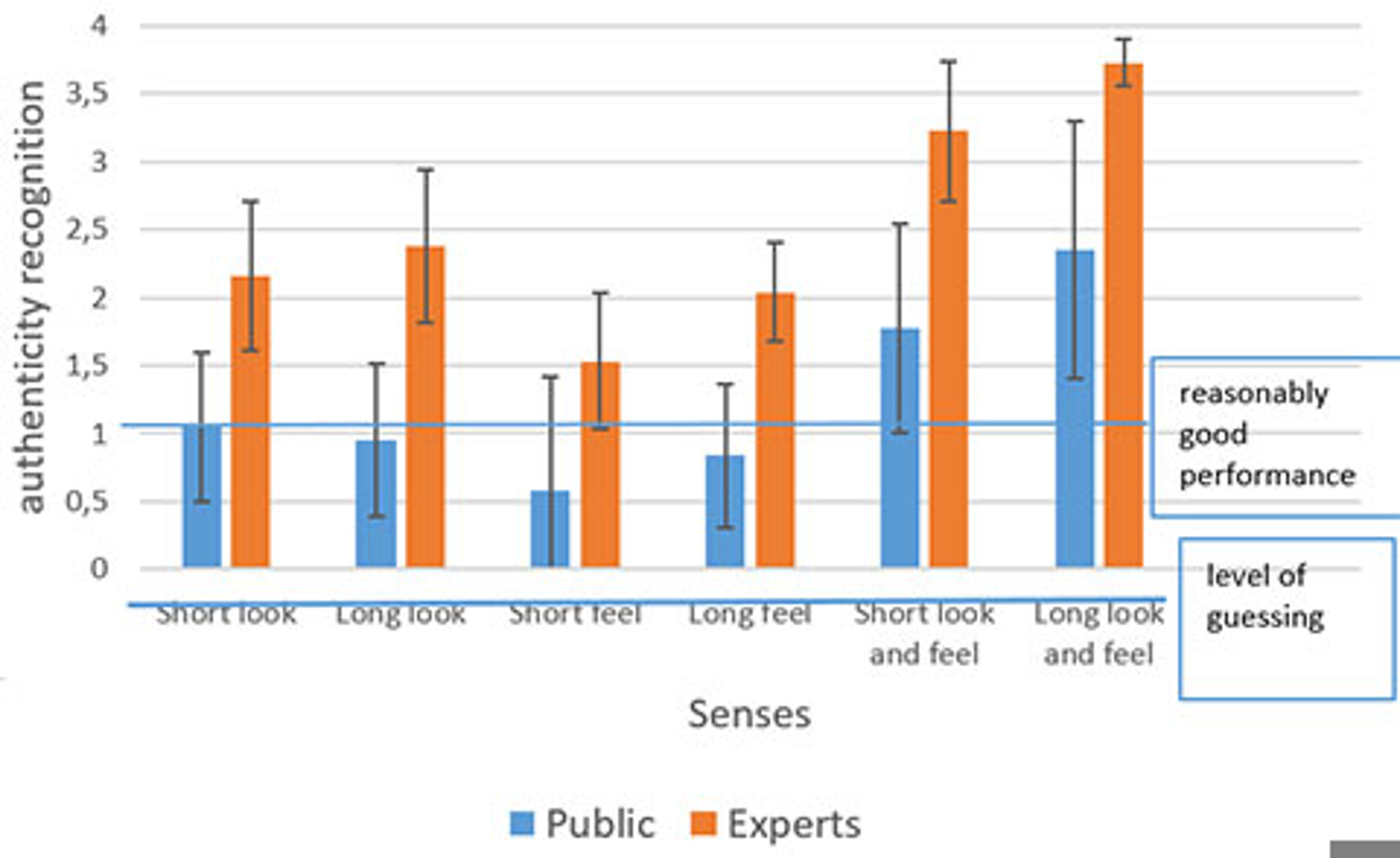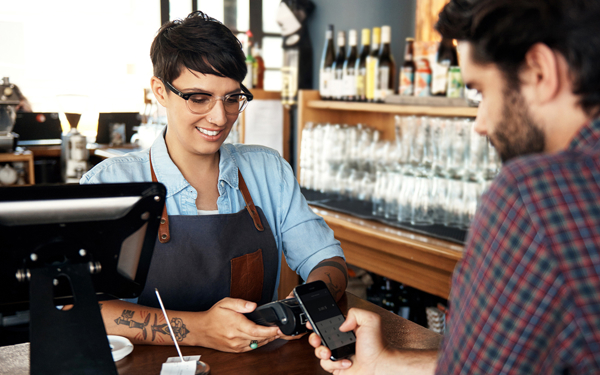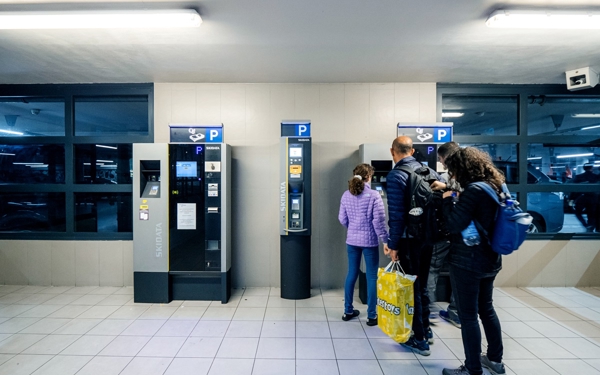The Dutch rarely check a banknote for authenticity
Dutch people do not commonly check euro banknotes for authenticity, because the chance of running into a counterfeit is small and because they trust the banknotes issued from ATMs or received as change in shops. However, in some situations they do tend to check their banknotes more closely. For example, if they have previously been the victim of money counterfeiting, if they buy something directly from another person, or if the banknote has a strange feel to it. Are people able to properly distinguish between genuine and counterfeit banknotes? What senses play a role here? How much time is actually needed for proper authentication?
Combination of looking and feeling works best for recognising counterfeit notes
De Nederlandsche Bank (DNB) conducted two field experiments to find the answers to these questions.
In the first experiment, participants were asked to recognise counterfeit notes in circulation by looking only at pictures of banknotes on a computer screen. After each picture, the participants had to indicate whether the banknote was genuine or counterfeit. In the second experiment, people were asked to say whether a banknote was genuine or counterfeit by either feeling it while being blindfolded, or by feeling it and looking at it as in normal circumstances. Both experiments were conducted with a short assessment period (1 second) and a longer assessment period (up to 10 seconds). For purposes of comparison, experts were asked to do the same. The analyses used a measure of sensitivity which takes into account both the correct classification of counterfeit notes and the incorrect classification of genuine notes. If participants make their choices at random, this sensitivity measure will be 0. A score above 1,25 is a reasonably good assessment. A score of just under 4 is a perfect score.
Figure 1 -Scores for authenticity recognition by sense and assessment period, for members of the public and experts









